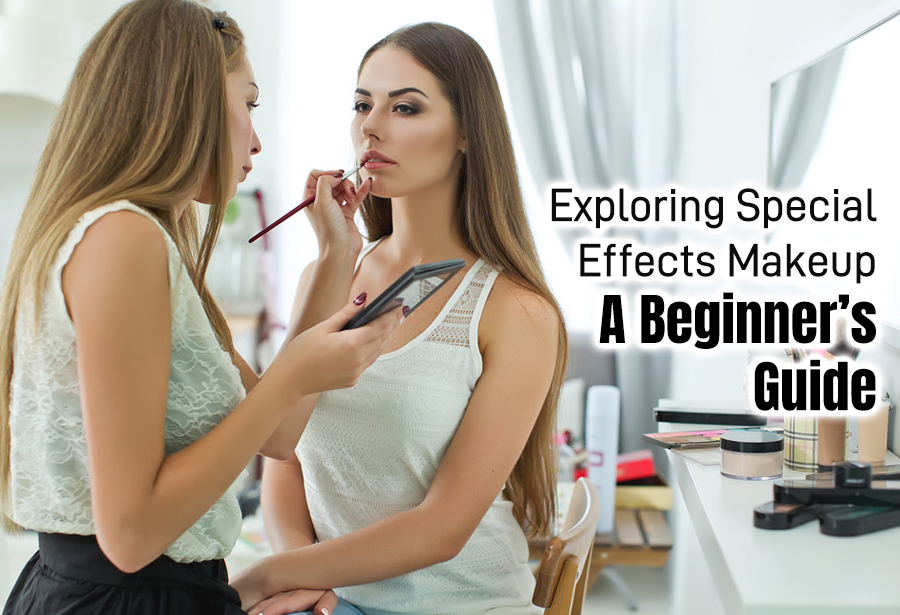
12 Nov Exploring Special Effects Makeup: A Beginner’s Guide
In the world of makeup artistry, special effects (SFX) makeup stands out as one of the most creative and transformative forms of expression. From realistic wounds and scars to fantastical creatures and movie monsters, SFX makeup has the power to bring imagination to life. For aspiring makeup artists, mastering special effects makeup can open up exciting career opportunities in film, television, theater, and even theme parks.
At Makeup Studio Training Centre (MSTC), we encourage our students to explore the dynamic world of SFX makeup and learn how to create stunning transformations. Whether you’re a beginner just starting out or looking to expand your skill set, this guide will introduce you to the basics of special effects makeup, key products, and essential techniques to get you started.
-
What is Special Effects (SFX) Makeup?
SFX makeup involves the use of prosthetics, body paint, and various materials to create illusions of injuries, aging, fantasy characters, and more. It often requires a combination of artistry, technical skill, and creativity to design looks that go beyond traditional makeup application.
– Character Creation: Special effects makeup allows artists to create new personas, whether it’s aging an actor, transforming them into a mythical creature, or making them look like a futuristic robot.
– Realism and Illusions: SFX makeup is widely used in horror and action films to create lifelike injuries, scars, and even mutations, making the impossible seem real on screen.
– Fantasy and Sci-Fi: From aliens to superheroes, SFX makeup is responsible for bringing some of our most beloved characters to life in movies, TV shows, and live performances.
-
Essential Products for SFX Makeup for Beginners
Getting started with special effects makeup requires specific products and tools that go beyond what’s typically used for beauty or fashion makeup. Here are some key essentials for beginners:
– Liquid Latex: A staple for creating wounds, scars, wrinkles, and textured effects on the skin. Latex dries quickly and can be layered for different looks, making it highly versatile.
– Gelatin or Silicone: Used to create prosthetic wounds, burns, and scars, gelatin and silicone are flexible and moldable materials that can be applied directly to the skin for realistic effects.
– Scar Wax or Putty: A pliable material that allows you to mold and shape 3D features such as scars, bumps, or broken noses.
– Body Paint: Special effects often require full-body transformations, and high-quality body paint is essential for creating vivid, long-lasting looks. Water-based body paints are commonly used because they are easy to apply and remove.
– Fake Blood: No SFX kit is complete without fake blood. Available in different viscosities and colors, fake blood can be used for everything from subtle scratches to full-on gore effects.
– Grease Paint or Cream Makeup: These thick, highly pigmented makeups are perfect for adding detail and color to prosthetics, scars, and other SFX applications.
– Adhesives (Spirit Gum or Pros-Aide): Used to attach prosthetic pieces, fake hair, and latex to the skin. Spirit gum is an industry-standard adhesive, while Pros-Aide is a medical-grade adhesive commonly used for long-lasting wear.
-
Basic SFX Techniques to Try
For beginners, the key to mastering special effects makeup is learning fundamental techniques that can be applied across a variety of looks. Here are a few basic techniques to practice:
3.1 Creating Bruises and Cuts
One of the easiest ways to start with SFX makeup is by learning how to create realistic bruises and cuts. Use cream-based makeup in shades of red, purple, yellow, and green to mimic the natural progression of a bruise. For cuts, liquid latex or scar wax can be shaped to create raised edges, and then filled in with fake blood for a fresh wound effect.
Steps:
- Apply red or dark purple cream makeup in a blotchy pattern where the bruise is to appear.
- Blend the edges with a sponge or your fingers.
- Layer in yellow or green around the perimeter for added depth.
- For cuts, apply a thin layer of scar wax to the skin and shape it into a raised cut or gash.
- Add blood and dark makeup inside the cut for a realistic, fresh wound.
3.2 Aging Makeup
Transforming a young person into an older character is a fundamental SFX skill. By using latex, you can create realistic wrinkles and fine lines that mimic the natural aging process.
Steps:
- Stretch the skin gently and apply thin layers of liquid latex to areas where wrinkles naturally form (around the eyes, forehead, and mouth).
- Once the latex dries, release the skin to create natural-looking wrinkles.
- Use grease or cream makeup in lighter and darker shades to add highlights and shadows to the face, enhancing the depth of the wrinkles.
- Apply powder to set the makeup.
3.3 Applying Prosthetics
Prosthetics can take SFX makeup to the next level by allowing you to alter the shape of a person’s face or body completely. From elf ears to horns, learning how to apply prosthetics is a key skill for any SFX artist.
Steps:
- Clean and prep the skin where the prosthetic will be applied.
- Apply spirit gum or Pros-Aide adhesive to both the prosthetic and the skin.
- Press the prosthetic piece onto the skin, ensuring a seamless fit.
- Blend the edges of the prosthetic with liquid latex or makeup to create a natural transition.
- Paint and detail the prosthetic to match the rest of the look.
- Practice Makes Perfect: Tips for Beginners
SFX makeup requires patience, creativity, and plenty of practice. Here are some tips for beginners to improve their skills and gain confidence:
– Start Small: Don’t try to create complex creatures or effects right away. Begin with small projects like bruises, cuts, or aging makeup, and gradually work your way up to more advanced techniques.
– Use Reference Photos: Look at real images of injuries, scars, or creatures for inspiration and to ensure your work looks as realistic as possible.
– Experiment with Texture and Color: SFX makeup is all about playing with textures and colors. Don’t be afraid to layer products, mix materials, and use unconventional colors to bring your creations to life.
– Take Classes or Workshops: Formal training can give you the foundation you need to succeed. MSTC offers special effects workshops that allow students to learn from industry professionals and practice using professional-grade materials and techniques.
-
Career Opportunities in Special Effects Makeup
Special effects makeup artists are in demand across various industries. Here are just a few career paths to consider if you’re passionate about SFX:
– Film and Television: Many movies and TV shows require SFX makeup artists to create everything from battle wounds to supernatural creatures.
– Theater and Live Performances: Stage performances often rely on SFX makeup to transform actors into historical figures, monsters, or larger-than-life characters.
– Theme Parks and Haunted Attractions: Many theme parks and haunted attractions hire SFX artists to create elaborate makeup looks for performers, especially during Halloween.
– Cosplay and Events: Cosplayers and event performers often need SFX makeup artists to help them achieve realistic or fantastical looks for conventions, photoshoots, and events.
Unlock Your Creative Potential with MSTC
Special effects makeup is a fascinating and rewarding field that allows you to push the boundaries of traditional beauty. At Makeup Studio Training Centre (MSTC), we offer workshops and courses that teach aspiring makeup artists the techniques needed to master special effects makeup. Whether you want to work in film, theater, or live performances, MSTC can provide the makeup artist training and mentorship you need to succeed.
Ready to explore the world of special effects makeup? Join our makeup studio academy in delhi and bring your wildest visions to life!



Sorry, the comment form is closed at this time.